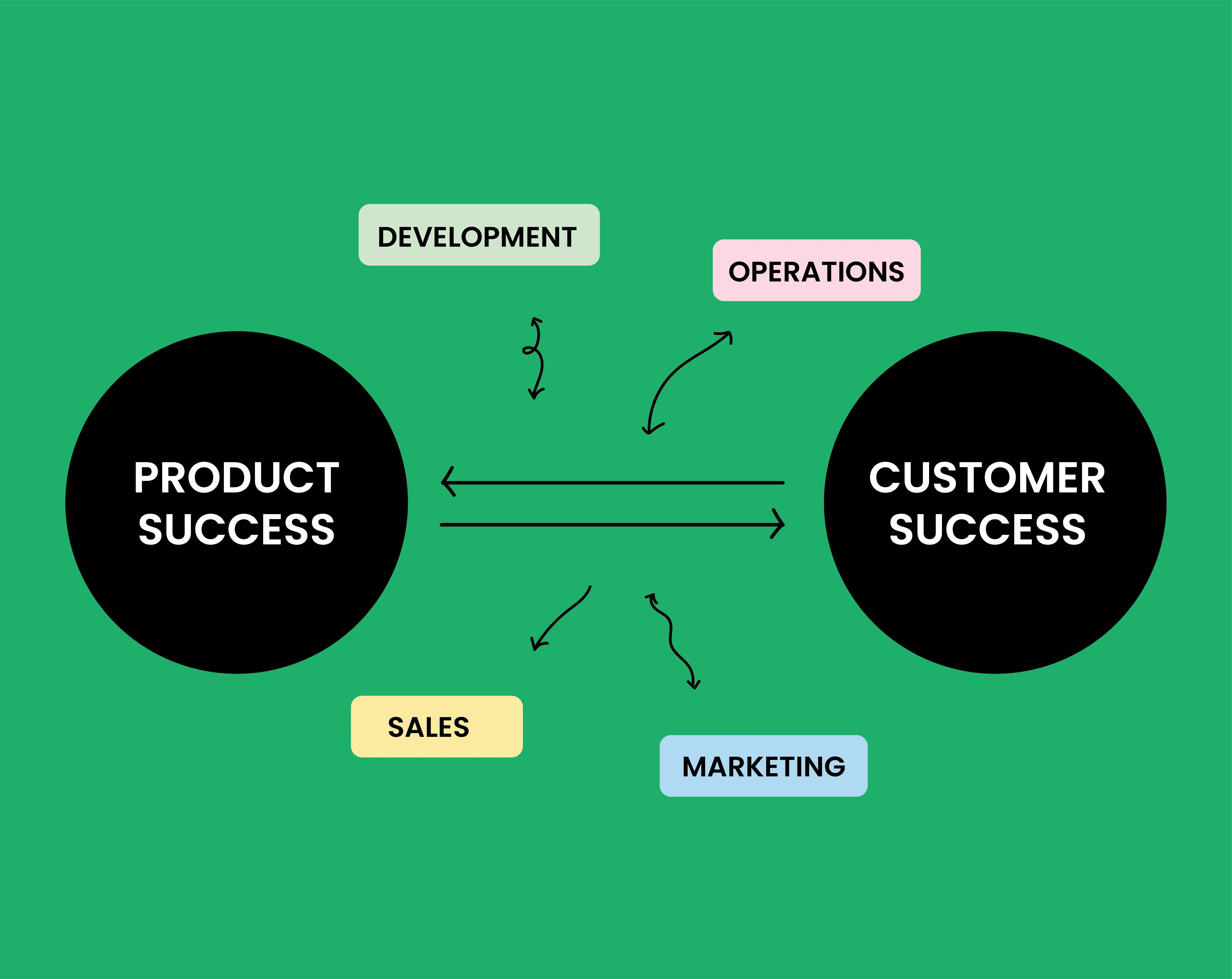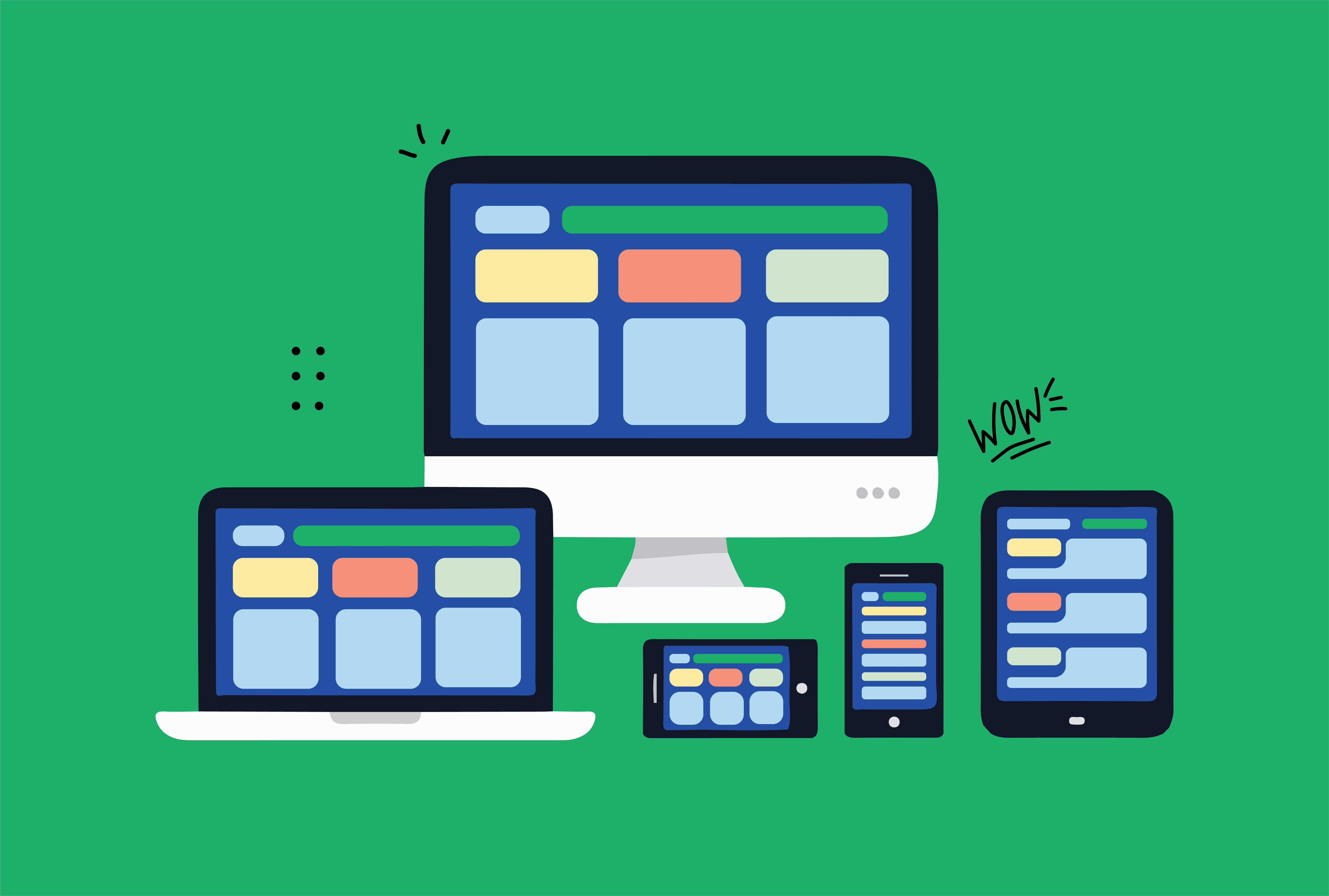Why Is Product Success a Precursor to Customer Success?
Have you ever noticed a common theme among the first episodes of most TV shows?
The word pilot, perhaps?
This is because the first episode of a television series is broadcast as a test for the network to see if it will be a success. This might sound drastic, and you may be wondering why the success of a show can hinge on this crucial point.
Drastic? Yes. Common? Absolutely!
In fact, this is a practice we use in the software industry, with our own spin on it, of course. Piloting (or testing) is a fantastic way to understand the true nature of your consumers and their experience.
It may seem like all the success rides on this single moment in time. However, there are many mechanisms we can put in place to ensure that the pilot is a success, or at least as successful as it can be.
To understand how these mechanisms can moderate the relationship between product success and customer success, let’s explore how various business functions influence this relationship.

The Relationship Between Product and Customer Success
In this relationship, product success and customer success are interdependent and continuously feed information back to each other and to other areas of the organisation. When one does well, the other often follows in an intricate balancing act. However, product success is moderated by other organisational influences, such as:
• Marketing
• Sales
• Development
• Operations
A moderating factor (or variable) affects the strength of the relationship. For example, the relationship between product success and customer success can be moderated by the kinds of customers that the marketing team attracts to the product. The ideal customer strengthens this relationship, whereas a detracting customer can weaken it.
Our success, product, sales, marketing, development, and operations teams must work together closely!
Where It All Begins
Before launching to customers via a pilot, there are elements of the product that must be successful first. These include:
1. Performance
2. Problem Solving
3. Seamless Integrations
Performance
An application must perform technically, visually, and efficiently.
1. Technical performance refers to how the application sends and receives requests to and from servers and users. This responsibility typically falls to the development team.
2. Visual performance is about product design and the user interface, managed by the UI/UX team.
3. Efficiency refers to the behaviours needed to complete workflows within the application.
These aspects have many underlying facets that must work optimally to ensure the product’s overall performance.
Problem Solving
Applications are designed to solve specific problems. “There’s an app for that” epitomises this concept. Why build new apps? The answer often lies in how well existing market solutions address the problem or whether the solution is so complex that a new application is required.
Successful products excel at solving problems more effectively than their competition. For instance, a banking app that fails at its core functions, such as transfers and spend tracking, is not meeting its problem-solving potential.
Seamless Integrations
The essence of a native app is its ability to seamlessly integrate into the user’s device usage.
Take, for example, an alarm clock app on your phone. Its data can feed into other areas of your device, adapting notifications based on set times. Or consider iCloud’s seamless synchronisation across devices like iPhones, iPads, and MacBooks.
Another example is switching between desktop, web, and mobile applications—like Outlook—where seamless data synchronisation ensures a consistent user experience.

Setting Up for Success
To translate a successful product into customer success, a strategic plan is essential. A product might have all the success elements, but without a strategy to make that product successful for customers, it won’t maintain its success.
Step 1: Clearly Define the Problem You Are Solving
At WorkingMouse, we stress the importance of defining the problem clearly from the outset. Setting a strategic single metric for each product and aligning this across the organisation creates a unified objective. Each department can then work towards this objective, setting their own KPIs without feeling constrained solely to the product.
Customer Success teams use this single metric to map out how each customer will achieve value through the application.
Step 2: Pilot, Test, Trial… Just Do It!
Much like the first episode of a TV series, a product’s pilot phase is crucial. Despite extensive research and development, a pilot is needed to determine if the product is desirable to a broader audience.
Before launching a pilot, ensure the following:
1. Analytics: Analytics should be live and recording throughout the pilot phase to capture quantitative and qualitative data, which will provide insights into user experiences.
2. Feedback Loop: Feedback, both internal and external, fuels priorities, reveals issues, and validates assumptions.
3. Demonstrate Customer Value: Testing a product can be daunting for users, so it’s important to show appreciation, whether through incentives or exclusive access.
Step 3: Analyse, Evaluate, and Iterate
Once you have feedback and data, it’s time to dive into analysis:
• Analyse the feedback for themes, pain points, and success indicators. Did the users solve the intended problem?
• Evaluate responsibilities by determining which department should act on the feedback.
• Iterate based on the evaluations. Iterations are meant to be continuous improvements, not rebuilds.
There is much involved in setting up a product for success and ensuring it leads to customer success. As depicted in our original relationship diagram, product success and customer success must work together to deliver a successful application.
Conclusion
Product success and customer success should continue to influence each other to create a successful product. Remember, we’re always here to help—reach out to book a strategy session with us!




.png)











